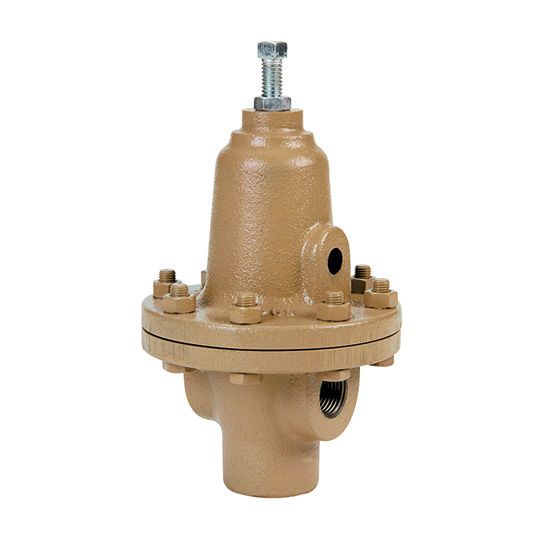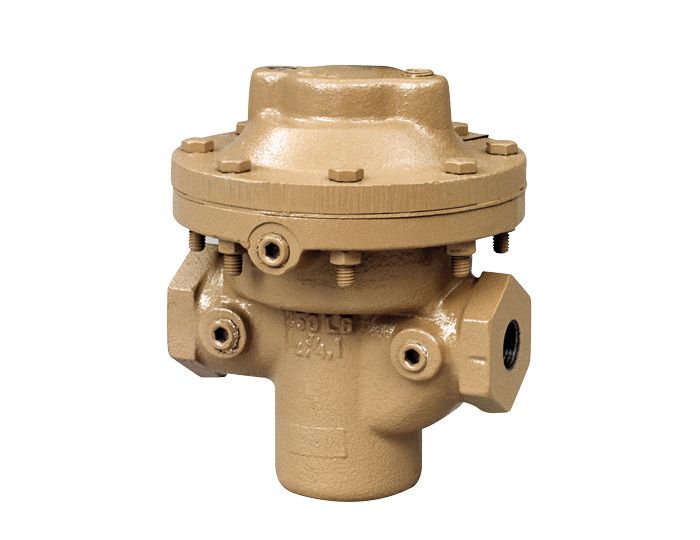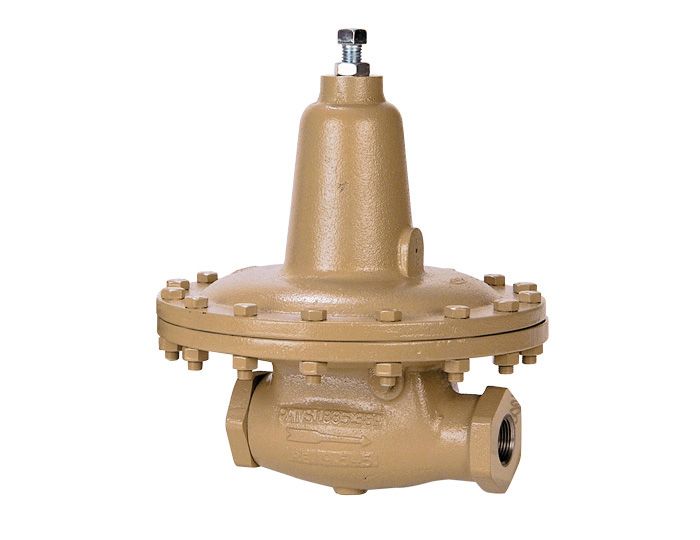
Process regulators
Process regulators are used to control pressure and in some cases temperature in various processes. What makes a regulator a process regulator? It depends on the design criteria of the regulator and the technology that it is being used in.In short, a process regulator is designed specifically for a process. In many cases if a regulator has many different body and trim configurations that can be used in a variety of process applications, depending on which options are selected.
Process regulator designations
There are various regulator designations; HVAC-Heating, Ventilation, and Air Conditioning. HVAC-products are used to control water, air, steam and refrigerants. Most city water systems use special regulators to control the pressure of water through the distribution network.
Some common industries and applications
Breweries use many assorted styles of regulators to control steam, water and carbon dioxide.Food Processing regulators employ special FDA approved materials that will not contaminate the food or beverage being processed. Pharmaceutical regulators have even a higher demand for compatibility, some of which are USP Class VI, which is used for fluids that are directly injectable into the body.Steam flood regulators are used in steam injection systems which are employed when oil is very viscous and must be heated before it can be pumped out of the ground.
Process regulators for Natural Gas
There are hundreds of diverse types of natural gas regulators that are used to not only reduce pressure or relieve pressure but can also slam shut in the event of a line break. They may also be used as monitoring regulators that will take control of the process if another fails. Some regulators can control very high pressures (200 barg) and others are used to control pressure as low as 10 cm of water column.
Cryogenic process regulators
Cryogenic process regulators are used to control liquid nitrogen and oxygen with temperature as low as -195°C. Oxygen and nitrogen are usually stored as liquids and special regulators are employed to provide the required flow of oxygen or nitrogen gas to the user.
-

Back pressure regulators
Pressure reducing regulators act to reduce pressure by controlling the pressure on the outlet or downstream side. Back pressure regulators are also known as relief regulators, excess pressure regulators and surplus usage regulators.
-

Pressure reducing regulators
Pressure reducing regulators make up approximately 85% of all regulator applications. The purpose of the pressure reducing regulator is to reduce a higher pressure to a lower pressure. Pressure is created by either a compressor or a pump depending on the fluid. The pressure must be great enough to go from one point in the system to another, passing through various components in the system and account for any pressure loss across the system.
 Language
Language Swedish
Swedish English
English